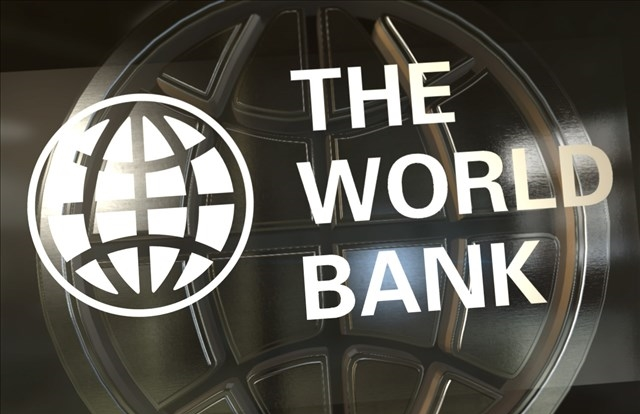The World Bank has announced a new debt pause offer for developing countries affected by the climate crisis. Called the Climate Change Emergency Financing Facility, it allows countries to temporarily suspend debt payments to the World Bank in the face of severe climate-related disasters.

This facility is part of the World Bank’s broader efforts to assist developing nations in adapting to climate crisis. By 2025, the bank aims to increase lending for climate-related projects by 50%.
The debt pause offer is significant for developing countries grappling with the financial consequences of climate change. It is accessible to all eligible countries receiving World Bank financing and can be utilized for up to two years.
However, countries must demonstrate that they have been severely impacted by a climate-related disaster, such as a drought, flood, cyclone, or extreme weather event. Additionally, they need to prove that the disaster has significantly affected their economy and ability to repay debts.
Countries seeking the debt pause must submit applications. Applications will be evaluated on a case-by-case basis. The World Bank considers several factors, including disaster severity, economic impact, and repayment ability. This ensures a tailored approach to address unique circumstances.
Additional details:
- The Climate Change Emergency Financing Facility is funded by a $10 billion grant from the International Development Association, the World Bank’s concessional lending arm.
- The facility will be available for a period of five years, starting in 2023.
- The World Bank expects that the facility will be used by around 20 countries over the next five years.
World Bank Launches $100 Billion Plan to Tackle Natural Disasters
